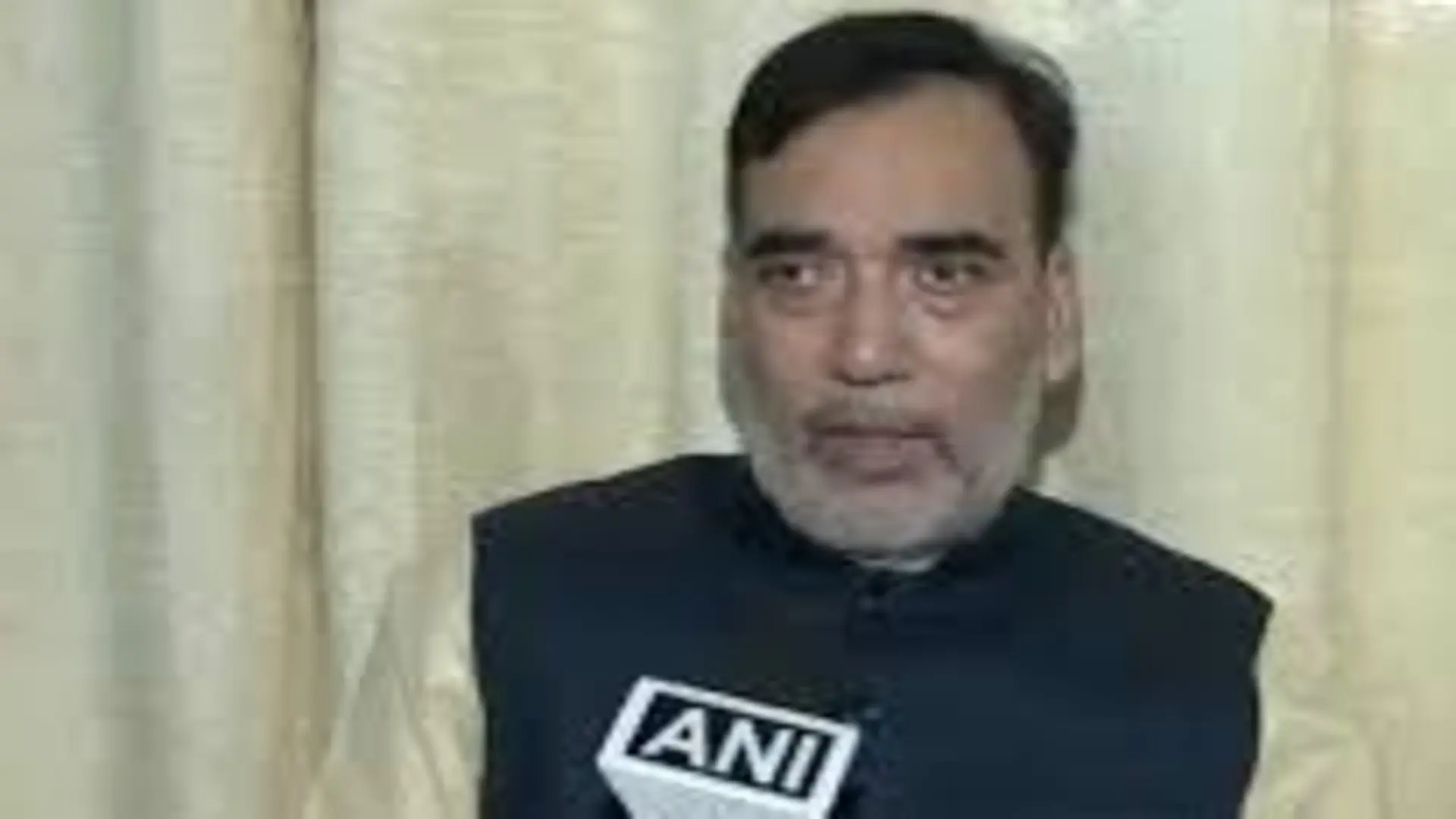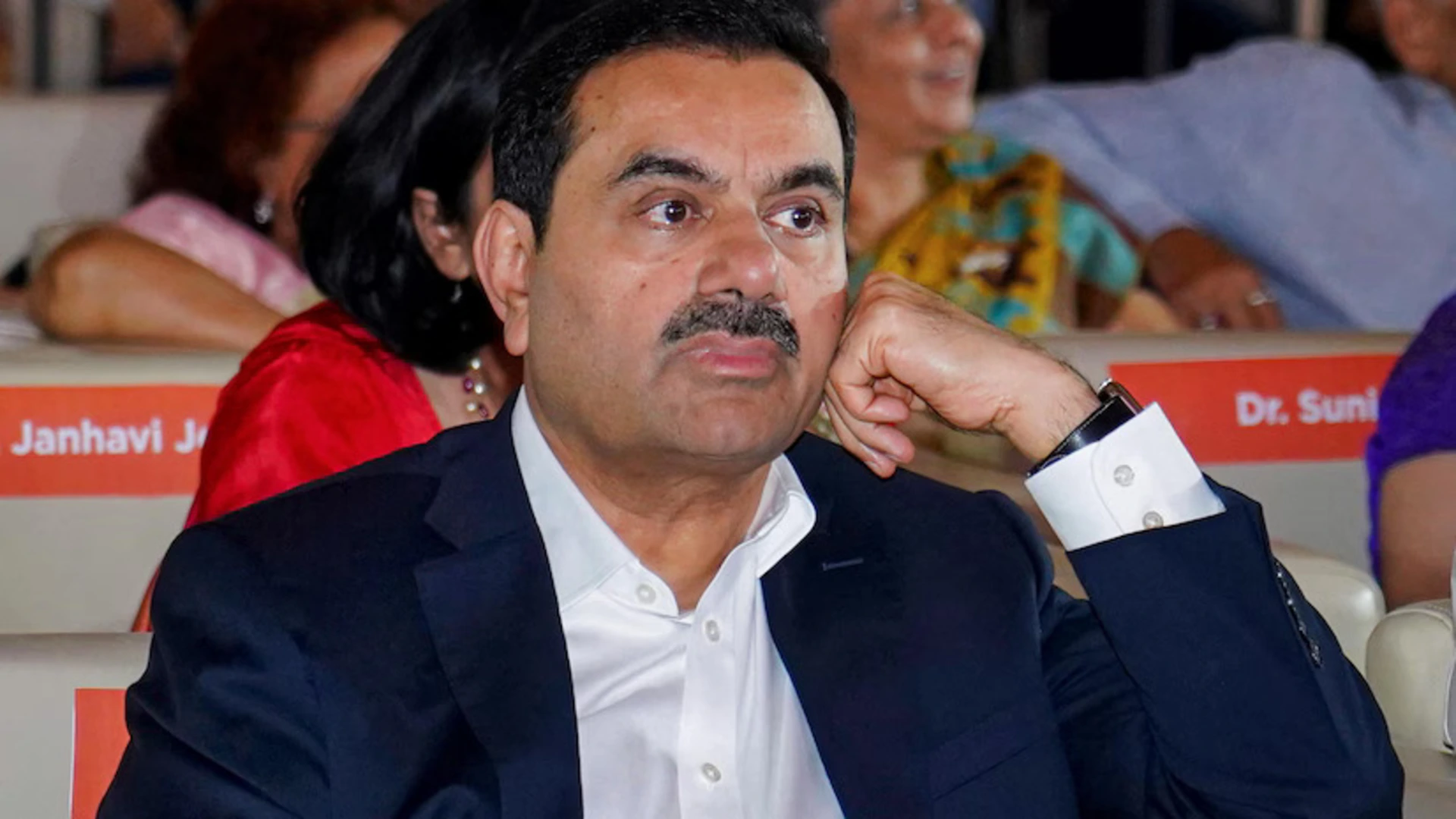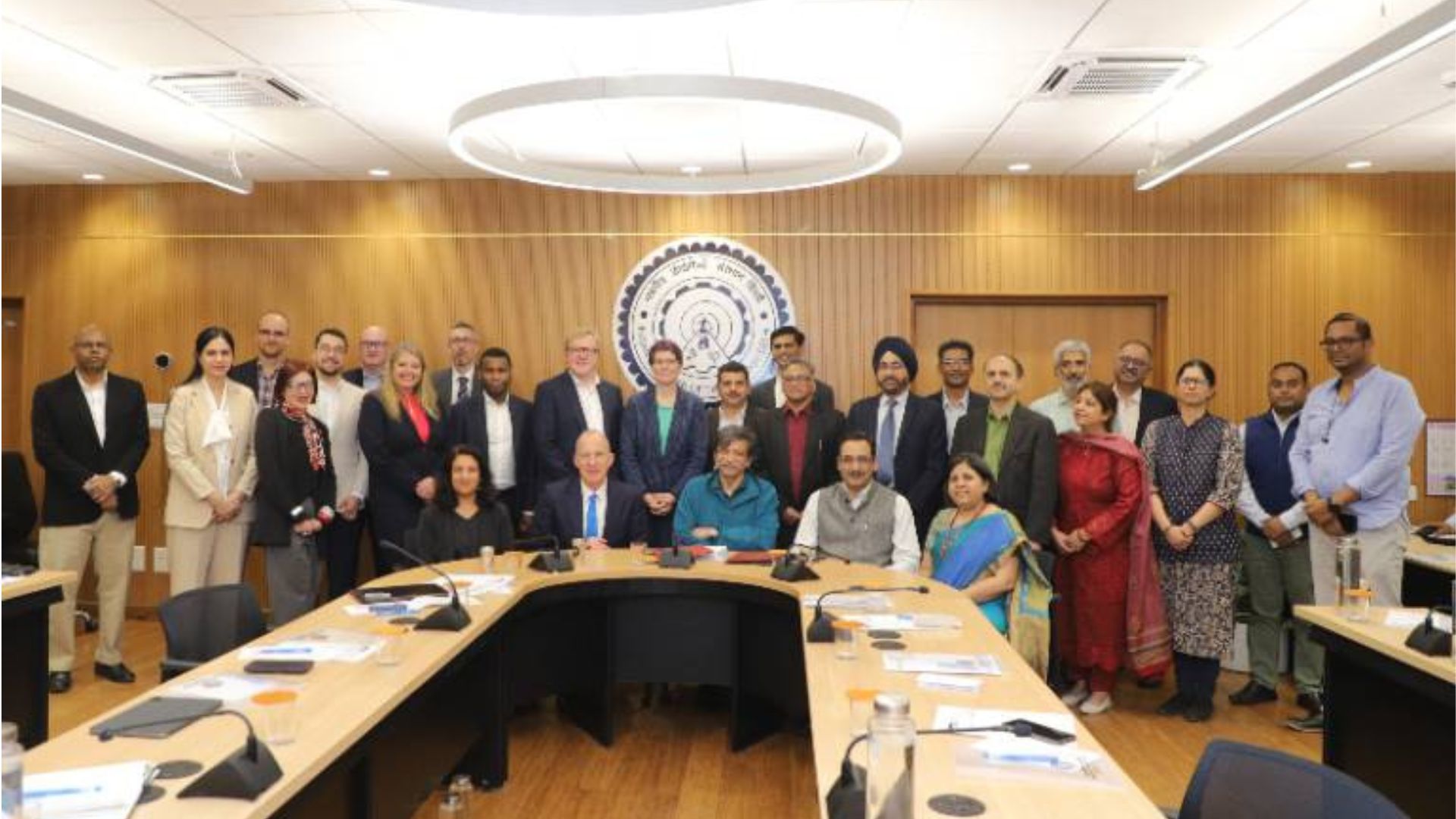
The Congress party has been confronting major challenges to keep its flock together as the party continues to see increasing opposition from within. Leaders who have left the party have continued to question the functioning of the party. According to several media reports, disgruntled party leaders warning the Congress party of a crack in its door have been sidelined and the party is making minimal efforts to fix the resentments. The current setup is different from the “Nehruvian era”, which set up a progressive discipline within the party and played a consequential role in mediation to resolve any tussle among factional leaders. Moreover, “Nehruvian consensus” powerfully influenced the party’s arc, into being “flexible in approach” to resolve newer challenges— the Congress party now is moving opposite from the way its predecessors treaded.
Recently, Congress Party’s Lok Sabha MP, who had spent his 40 years in the party, Manish Tiwari, expressly said in an interview that he doesn’t wish to leave the party as he is a part of it. “But if anyone wants to push me out of the party then that is the other scenario,” he said. His discontent towards the party was in open after the rumours that he may leave the party.
The party stalwart’s displeasure towards the Congress followed after the party’s high-profile leader Ashwini Kumar left the party, who called his move of leaving the party after 46 years a “painful decision”. He further said, “The party is not what it once was.” The recent events have signified that the party continues to be in turmoil, apart from being wrangled in changing loyalties and internal political strife.
The Daily Guardian spoke to several political analysts, who unanimously believe that unless the party changes its leadership things are hard to improve. A political analyst said, “The fallout because of the lack of leadership would continue to be seen in the states where Congress has been a major political party. It must turn down the idea of making stop-gap arrangements in its leadership role.”
The leadership crisis has been apparent in four of the five poll-bound states where the party is drudging hard to contain opposition within the party. The streak of MLAs in goa leaving the party over months before assembly elections, more so, uncertainty about its present leaders in Goa to continue after election results. In Uttrakhand, the party is reeling under dissensions and had to revise its candidate list to contain the internal rift. Harish Rawat considered to be a top face of the party and campaign committee chief was first fielded from Ramnagar, and then relocated to the Lalkuan constituency to assuage Ranjit Rawat, and defer any infighting between the two. Ranjit wanted to contest from Ramnagar. Punjab, after Captain Amarinder Singh was removed, gave rise to glaring opposition within the party dividing it into two camps. The tussle continues even after both the Punjab leaders, Sidhu and Channi agreed that they will obey the party decision. But, Sidhu is still struggling to keep peace with the party. In UP, the unhappiness among the party leaders has trickled down to the lowest rung of leaders saying “there is a complete disconnect the party leadership has with leaders on the ground”.















